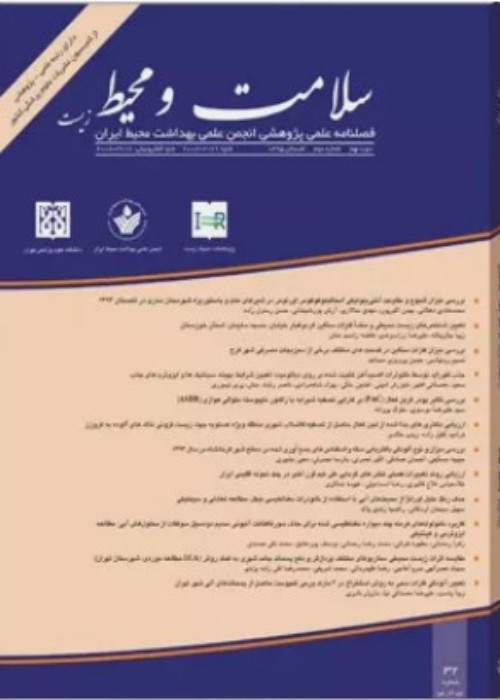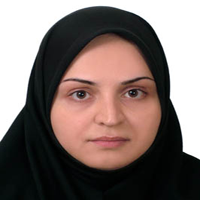Investigation of Amount and Effective Factors on Trihalomethane Production in PotableWater of Yazd
Yazd province is located in the central desert part of Iran in which water scarcity was one of the most important problems. This has been recently solved to some extent, due to the approved channel project of water transferring from Isfahan to Yazd. Chlorination is usually used in the last stage of water treatment for disinfection in the networks, treatment plants, storages and channel stations. The possibility of carcinogen lateral composites formation is expected by tri-halo-methanes (THMs) due to the reactions occurs between the natural organic materials and free chlorine available in water. Based on the established standard by the country, the permissible limit of THMs in water is 200 mg/L. In this research, in addition to the amount of THMs and their distribution in Yazd water transferring channel and the city water network system, the important parameters and their correlations with THMs formation were discussed.
In a year of sampling period, the concentrations of THMs including the four major components of chloroform, bromoform, bromo di-chloro methane and di-bromo chloro methane during all seasons were measured using gas chromatograph and analyzed. This was done for 11 stations including Zayande-rood Basin River and Isfahan water treatment plant up to Yazd Shehneh storage, stations and inline equalization tanks and also five regions of Yazd city network.
According to the results, the maximum rate of THMs (51.14 mg/L) during the sampling period in summer for Yazd city network and in ancient context of Jamea Mosque district was found. In addition, the minimum concentration of THMs was 1.60 mg/L in winter for the domestic network of the city which was related to Azad Shahr district. The Average total amount of THMs during sampling periods in all stations was 12.26 mg/L.
SPSS and Excel softwares were used to analyze the research data in the descriptive and inferential manner. Both statistical methods (Simple correlation coefficient, Pearson and Spearman correlation test)) with 5% significant level were considered for data analysis. The results indicated that no significant difference existed between these parameters and national and international standard scales. These rates were generally desirable and lower than standard limit which indicates acceptable operation in the treatment system and storages in the channel line of Isfahan to Yazd. Furthermore, it was obtained that there is a correlation between THMs rates and effective parameters in producing confidential values such as 95%and 99%for the residue chlorine and heat respectively. Finally the distribution and diffusion plan of THMs in transferring line and civic network of Yazd were drawn.
- حق عضویت دریافتی صرف حمایت از نشریات عضو و نگهداری، تکمیل و توسعه مگیران میشود.
- پرداخت حق اشتراک و دانلود مقالات اجازه بازنشر آن در سایر رسانههای چاپی و دیجیتال را به کاربر نمیدهد.



